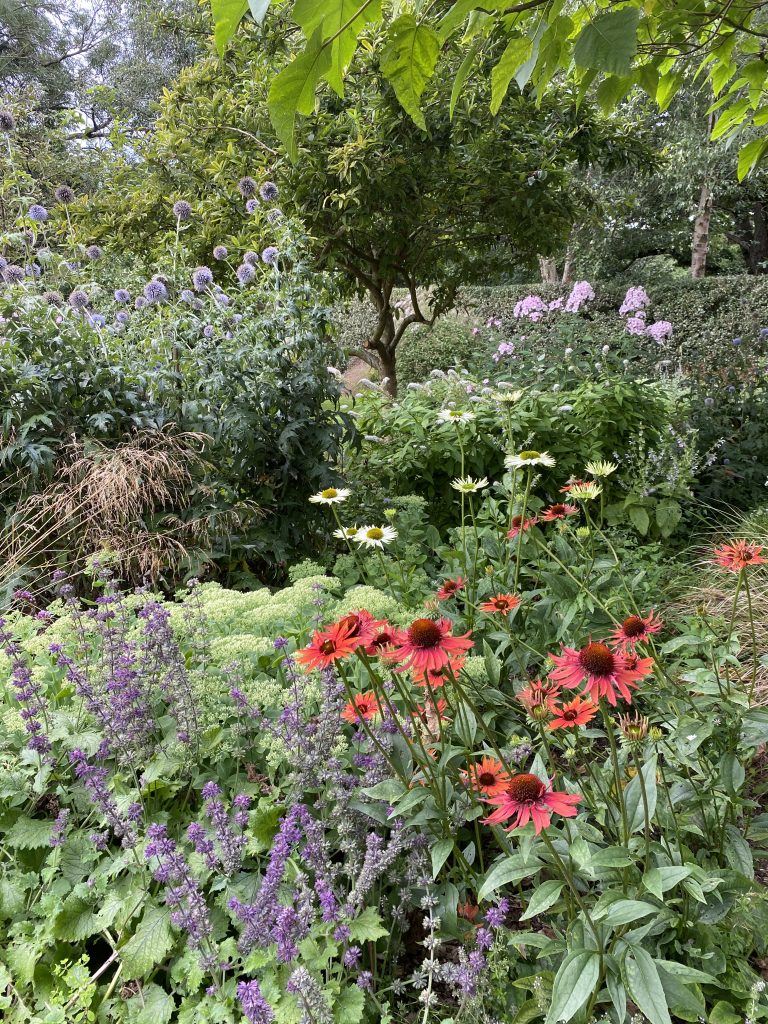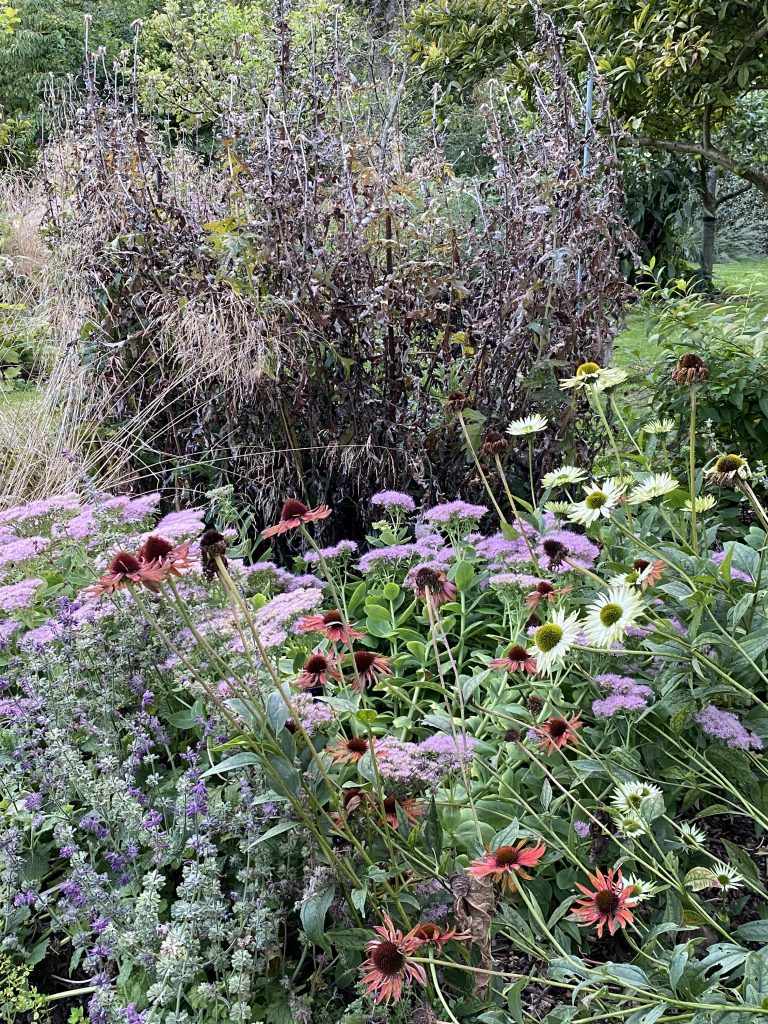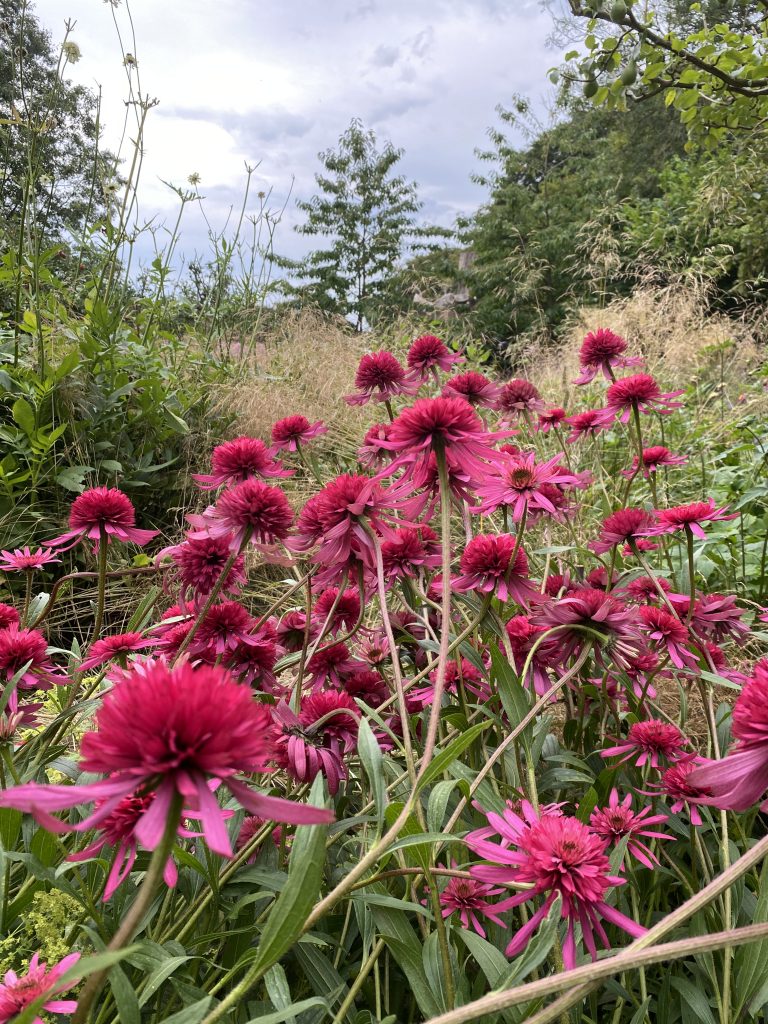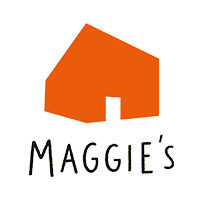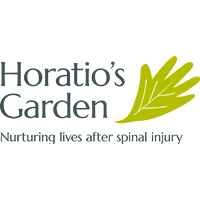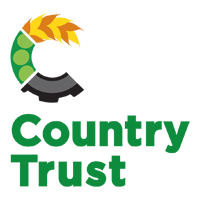Broadleas House, Wiltshire: A bee garden is a celebration of life
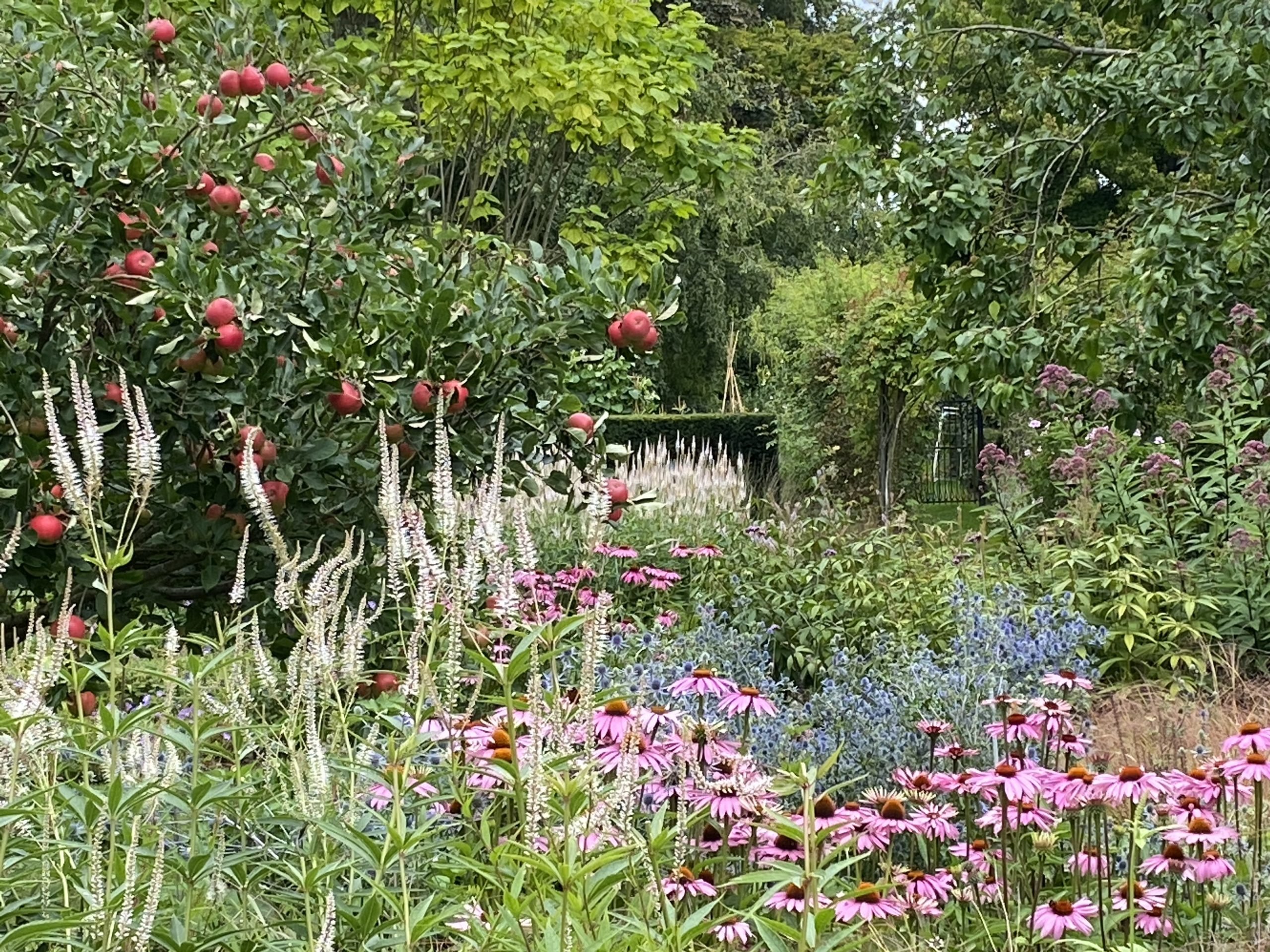
Within its six acres, Broadleas House Gardens in Wiltshire offer a delightful variety of garden inspiration including a haven for bees. We spoke to garden owner Karin Cardiff to find out more about the bee garden, its bees and wider environs plus the reason for its recent restoration.
What motivated you to restore the bee garden?
The bee garden experienced a gentle dissolving of structure over the last few years which was partially welcomed – the almost meadow nature of a bee garden means you want it to seed out and mesh – giving a pleasing smartie effect – but then it tipped over into unruly chaos as the vigorous plants like anemone and geranium really got the bit between the teeth and crowded out other more decorous plants like salvias and mondara. The grasses stopped being structural punctuations and became hulking monsters smothering their neighbours and some perennials like the centauria flopped out and the centre became bare. The autumn before the third lock down signalled that something should be done and the subsequent lockdown ensured the necessary time and attention became available.
- Broadleas House bee garden in progress
Are you following the original plans to the letter – if not what improvements are you making?
We are trying to be true to the plan – as it was a good one! But inevitably in the course of ten years since it was originally planted, some plants are not available and so we have had to find alternatives – generally within the species. There have been a few changes. I never like the Aster ‘Mönch’ – it came a strange wedgwood blue hue – and I thought clashed with the Helenium ‘Moerheim Beauty’, which I didn’t also much care for. We have replaced with Amellius ‘Dark Bounty’ and Helenium ‘Helena Red’. Fingers crossed it works! The salvia ‘river’ was also problematic as the salvias never survived the winter in sufficient density to reappear the next year. I know many people take cuttings for the following year, but when you are talking about 3,000 plants in a busy garden, that is a big ask for a single species. But we really like the concept so this year, having cleared the river ‘bed’ and moved surviving salvias to a spot free of competition, we are trialling dwarf Delphinium ‘Blue Butterfly’.
What key elements are vital for a successful bee garden?
Unfortunately, the key element is outside our control – namely the weather! During heavy rainfall the pollen gets washed out of the flowers and it takes three days to restock – so even when the bees can fly they will struggle to find food during the period. But considering what is within the gardeners control I would put the following in my top four:
- bee friendly plants
- a tree (bees plot courses based upon landmarks and often use trees)
- a bee friendly source of water (as bees can’t swim they need a path down to the water’s edge that they won’t fall off – either a stick wedged in as a shallow angle or moss edges for the bees to land on and ‘suck up’ the water)
- if you have beehives nearby by, wasp traps – which humans probably also appreciate!
- Sedum is important in the autumn
- Flowers in the orchard
- In flower throughout the year
Top ten plant recommendations
The truth is the main food source of bees is from trees which is not surprising when you think about it. Trees produce thousands, if not tens of thousands of flowers. Shrubs are the same and indeed winter flowering laurel and ivy is a vitally important food source for bees. However, bees will welcome any flower and of course when you plant for the bees you also plant for butterflies, bumble bee and all the other bees that don’t produce honey but are useful pollinators. If you can get access to the honey your visiting bees produce, you can choose plants that will create either a flavoured honey or have medicinal properties. This is what single origin honey producers do – they take the hives to groves of acacia trees to produce the crystal clear, shiny smooth acacia honey. Top plants include sedum and more sedum, Echinacea, mondara, veronicastrum, thyme, verbena, nepeta, foxgloves, verbascum, geranium, anemone, agastache, helenium …
Boadleas-House-Gardens-bee-garden-plant-list
Does what you plant effect the flavour of honey?
Absolutely, it’s how they get single origin (mono floral) honey like manuka. You need five miles circular to name your honey mono floral, sadly not possible in the developed world and certainly not the UK, there is only poly floral available here. But yes, we plant echinacea, verbena, thyme and have linden trees to produce a delicious slightly citrus honey with a herbal hint.
Is it best to plant native/local plants?
As long as the bees like it – anything goes. It’s worth remembering that they can fly five miles for food, so it’s unlikely your garden will be only food source. What is important is to try and provide year-round food i.e., don’t plant flowers that all flower in the same month for the same number of weeks. Try and plant a breadth of plants to cover the season.
Hint. Nepeta is one of the first to get going and sedum is particularly useful for providing a burst of nectar early/mid-autumn. The trees tend to cover the winter months. Hawthorn is one of the most welcome early food sources.
- The bee hives beyond the garden
Do bees hibernate?
Yes, bees do hibernate but only because it’s not warm enough to fly. If there are spells of warm weather in the winter, you will see or hear the bees flying looking for food.
When will your bee garden be finished?
When is a garden ever finished?! By June I think most of the plants will be in but, because we have had to grow a lot by seed, I don’t think we will see the full effect until next year – gardening is rarely instant.
Will it provide good food/forage for bees straight away?
The bee garden has been planted in an existing orchard and of course, we managed to salvage many plants, so that is providing them with food at the moment, but yes, there is food for the bees straight away. The beauty of many bee-friendly plants is that produce early and long. Although many have been cursing the long spell of rain, it is brilliant for the plants, and they are all galloping along.
During the garden renovation where are the bees finding food?
Apart from the existing orchard, the bee garden sits within an existing 200-year-old six-acre garden, which sits within 20 acres of 300-year-old woods, so they are not suffering too much!
Although described as a garden for bees what pleasures do you derive from the garden?
The hum of bees is very calming, and it is wonderful thing to sit and watch the bees at work, invariably there will also be some industrious bumble bees bouncing about barging into flowers and arguing amongst themselves, as is their way, and above it all, some butterflies dancing and swooping. The often bright colours of a bee garden are wonderful – the plants are very vigorous and joyful, jostling against each other, vying to attract the next bee – it reminds me of a very friendly, happy festival gathering. Overall, a bee garden is a celebration of life and it is a joy to witness – much needed especially in the year gone past.
How do you maintain the bee garden?
With over 25 years experience in horticulture and particularly perennial borders, head gardener Rob Waller answers this all important question.
August: at this point I have filmed or taken pictures of every border, first to admire all the hard work and how stunning they look but mainly so I can see which plants need more space, which need more light, which are struggling, or maybe the wrong plant for that aspect i.e colour of flower clashes with others.
Late October: I cut all the perennials down and clear around them then I go back to my pictures and notes and simply dig up and readjust or move any plants that were concerning me over the summer. Perennials, over time, spread and lose there centre, when this happens I simply lift them and reposition them into groups generally of three, five or seven. It’s always best, even if raining, to fully water them all in again to get a good soil and root connection and to avoid leaving any air pockets.
Early spring: I monitor and check as the plants grow through and also apply slug pellets to the vulnerable ones and a granular feed and mulch. It’s best to mulch when you can see the new growth then you won’t tread on any by mistake.
April/May: I stake any plants that require staking and also continue to granular feed throughout the year.
Then it’s just hoeing around all the plants and dead heading as and when to aid regular flowers.
Broadleas House, Wiltshire is not opening in 2024.
You can discover more about the National Garden Scheme’s bee-friendly gardens,
how to plant for bees, and read stories from our bee-keeper garden owners here















